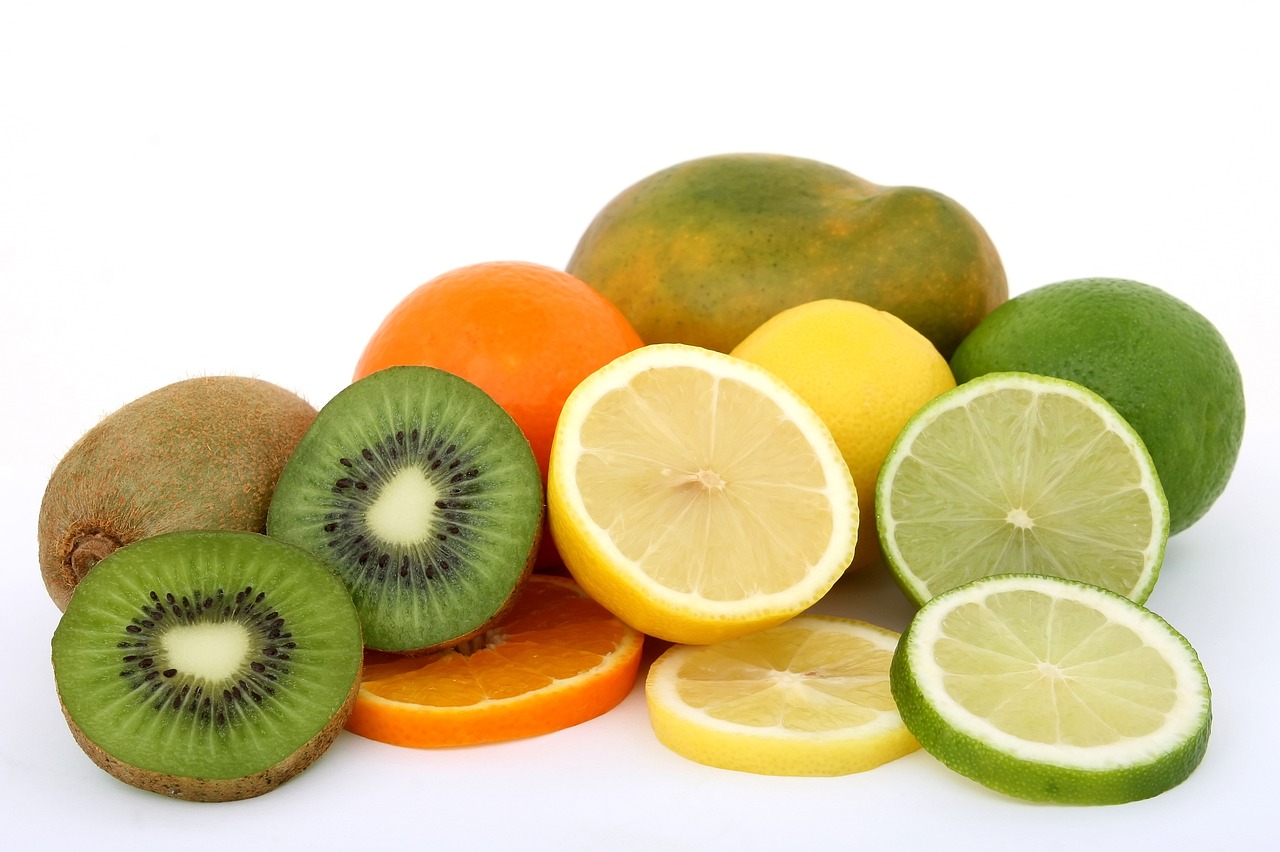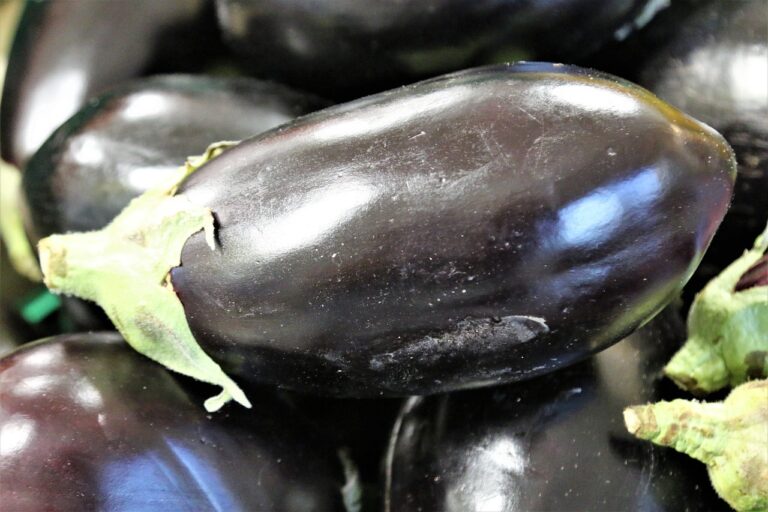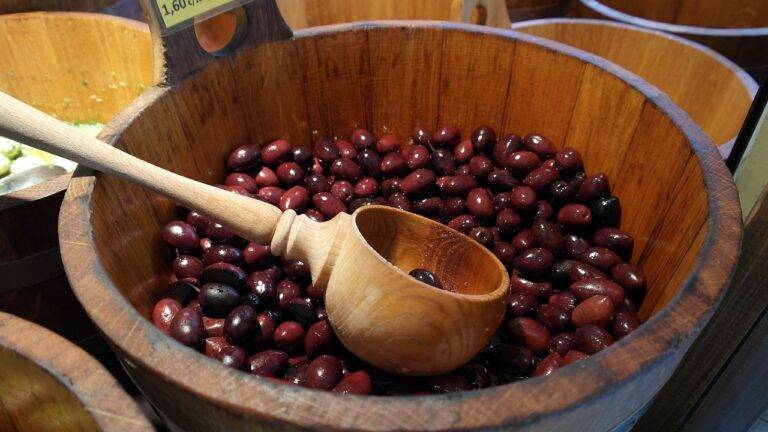Circular Economy Initiatives in the Food Industry
In the context of food production, the circular economy model focuses on maximizing resources and minimizing waste throughout the entire production process. This approach aims to create a closed-loop system where by-products and waste from one stage are used as inputs for another, thus reducing the overall environmental impact and promoting sustainability. Circular economy principles in food production involve designing out waste, keeping products and materials in use for as long as possible, and regenerating natural systems.
By implementing strategies such as composting organic waste, repurposing food by-products, and utilizing renewable energy sources, food production can drastically reduce its carbon footprint and contribute to a more sustainable future. Embracing circular economy practices not only benefits the environment but also presents economic opportunities by tapping into the potential of biodegradable packaging, energy-efficient production methods, and innovative solutions for resource conservation in the food industry.
Sustainable Sourcing Practices
Sustainable sourcing practices in the food industry are becoming increasingly important as consumers are becoming more conscious of where their food comes from. By choosing to source ingredients from local farmers and producers who use eco-friendly methods, food companies can reduce their carbon footprint and support small-scale agriculture. This not only benefits the environment but also helps to strengthen local communities and economies.
Furthermore, implementing sustainable sourcing practices can improve the overall quality and taste of the food products. When ingredients are sourced ethically and sustainably, it often leads to fresher and more flavorful food items. By prioritizing sustainability in sourcing practices, food companies can appeal to a growing market of consumers who are seeking products that are not only delicious but also produced in an environmentally responsible way.
Reducing Food Waste through Innovation
In the realm of food production, cutting-edge innovations are playing a crucial role in minimizing food waste along the entire supply chain. Technologies such as smart packaging and storage solutions are being harnessed to prolong the shelf life of perishable goods, mitigating spoilage and leading to significant reductions in wastage. Additionally, advancements in data analytics and predictive modeling are aiding stakeholders in identifying potential areas of waste generation, allowing for timely interventions to salvage edible products from being discarded.
Furthermore, the adoption of novel processing techniques, such as upcycling food byproducts into new products or ingredients, is gaining traction as a sustainable strategy to repurpose materials that would otherwise end up in landfills. By transforming surplus food items into value-added goods, businesses are not only diverting waste but also creating additional revenue streams. Through continuous innovation and collaboration within the food industry, the drive to reduce food waste is fostering a more efficient and environmentally conscious approach to food production.
• Smart packaging and storage solutions are being utilized to prolong shelf life of perishable goods
• Data analytics and predictive modeling help identify potential areas of waste generation for timely interventions
• Upcycling food byproducts into new products or ingredients is a sustainable strategy gaining traction
• Businesses are creating additional revenue streams by transforming surplus food items into value-added goods
What is the circular economy in food production?
The circular economy in food production refers to a system where resources are used efficiently, waste is minimized, and products are designed to be reused or recycled. This helps reduce food waste and promote sustainability.
How do sustainable sourcing practices help reduce food waste?
Sustainable sourcing practices involve sourcing ingredients from suppliers who prioritize environmental and social responsibility. By working with suppliers who follow sustainable practices, food waste can be reduced throughout the supply chain.
How can innovation help reduce food waste?
Innovation in food production technology, packaging, and distribution can help extend the shelf life of products, improve inventory management, and reduce overproduction. This ultimately leads to less food waste.
What are some examples of innovative solutions for reducing food waste?
Some examples of innovative solutions for reducing food waste include using food waste to create new products, implementing smart packaging technology to track food freshness, and utilizing data analytics to optimize supply chain efficiency.







